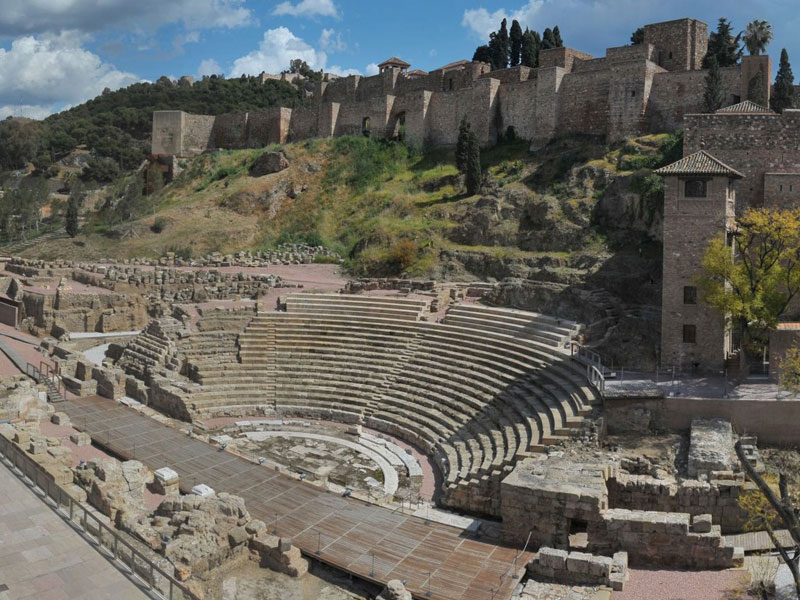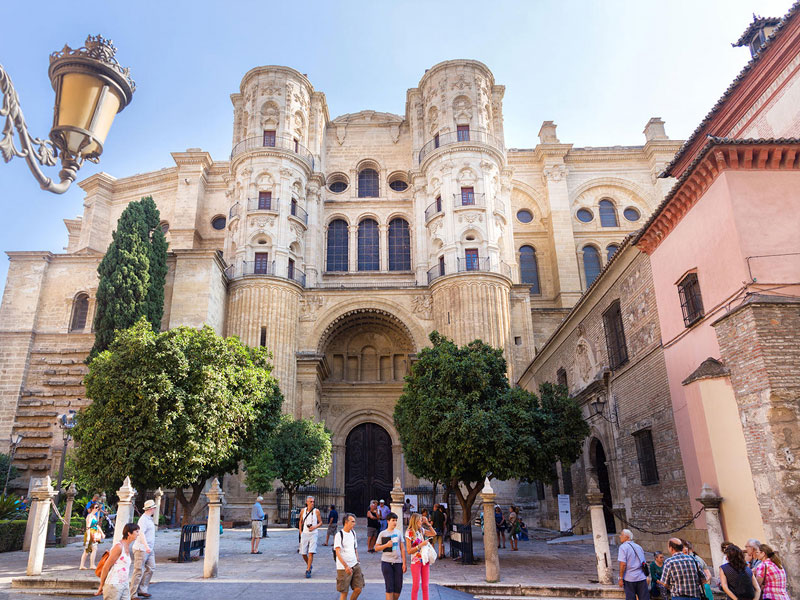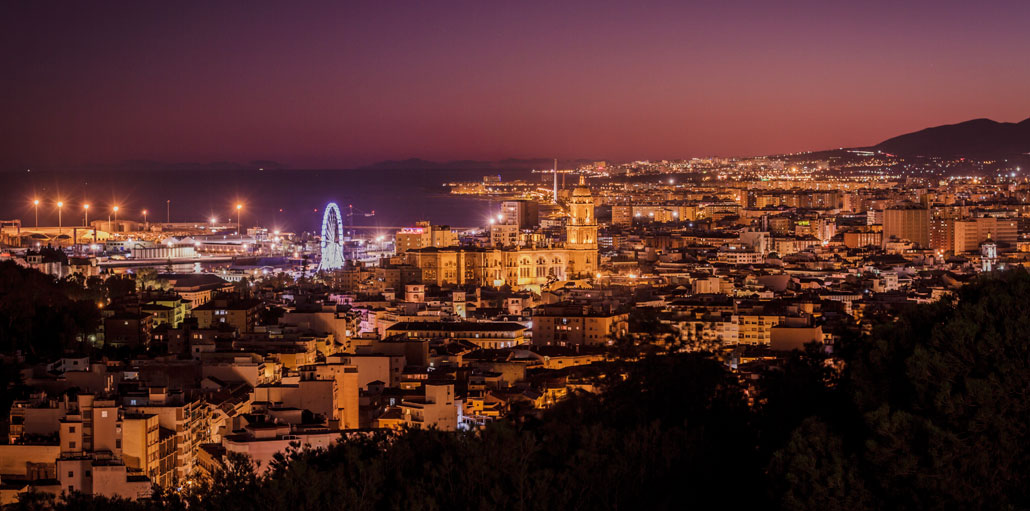Malaga is the sixth biggest city of Spain and second most highly populated city of Andalucia. As per the census of 2015, Malaga has the population of around 569,130. Malaga is the southernmost large city in Europe. It lies about hundred kilometres east of the strait of Gibraltar and approximately hundred and thirty kilometres north of Africa.
Due to the fact, Malaga is the southernmost city of Europe and is situated besides the Mediterranean, Malaga has the warmest average temperature in entire Europe. Due to strong maritime influence and wind barrier provided by mountain ranges of Montes de Malaga, the city of Malaga enjoys perfect climate round the year.
Oldest City
Malaga has close to twenty eight hundred years of history which makes it one of the oldest cities of the world. The history of this city begins as early as the seventh century BC when Phoenicians founded Malacca, a commercial centre. This commercial centre was used by Carthaginians and Greeks as a trading post and later when Romans conquered the city, they created a colony.
This colony was federated by the romans and soon it became a city named as Flavia Malacita. The city became important because of its port from where wine, oil, raisins, meat and salted fish was exported.
 Moorish rule
Moorish rule
After the rule of Byzantine Empire and Visigoths, Malaga came under control of Umayyad caliphate as a result of conquest of the area in 711. It became an important regional trade centre as was named as malqah. After the reign of umayyad caliphate, Malaga came under the rule of caliphate of Cordoba. From 1025 to 1239, Malaga became capital of autonomous taifa, an Islamic moorish kingdom founded after downfall of Umayyad caliphate by Zirids. Until nasrid kingdom of Gerdana, founded by Muhammad Ibn Al Ahmar, took over the control of the city.
The voyager Ibn Battuta, who went through around 1325, portrayed it as “one of the biggest and most delightful towns of Andalusia, the city with both ocean and land, richly provided with foodstuffs and natural products”. He commended its grapes, figs, and almonds; “its ruby-shaded Murcian pomegranates have no equivalent on the planet.” The town’s mosque was extensive and delightful, with “extraordinarily tall orange trees” in its courtyard.
The Christians
In 1487, the Christians finally re-conquered the city after almost a hundred years. They built a new port and started trade with the Americans. The city went under French rule from 1810 to 1812. Another critical and miserable occasion in Malaga’s history was the execution of General Torrijos and his allies in 1831.
 Modern day Malaga
Modern day Malaga
A new era began in Malaga from 1960s and things started to pick up again. The local economy saw a boost by massive tourism which came to Malaga due to airliner. People from all over the world started to visit Malaga which is like an open museum rich with Phoenician, Roman, Moorish and Christian influences and holds great cultural and artistic heritage in its heart. By 1959, it became a hub of tourism in the entire Europe.
Today Malaga offers many things for its tourists. The main attraction is its historic buildings. The most famous places are Gibralfaro Castle, the Alcazaba and Roman Theatre. Apart from this the tourists can taste the sweet wine of Malaga and enjoy the most authentic cuisines here. The grilled sardines of El Palo are typically very famous.
For the artists, Malaga has the Picasso museum as Pablo Picasso was born in Malaga and there’s a museum dedicated to solely to him and his work here which artists from all over the world visit. Malaga’s Cathedral, La Manquita, is an essential place to visit too.
I hope you have used this post to know a little more Malaga, share this article to help other people enjoy a better stay! 🙂


 Click here for car rental deals!
Click here for car rental deals!